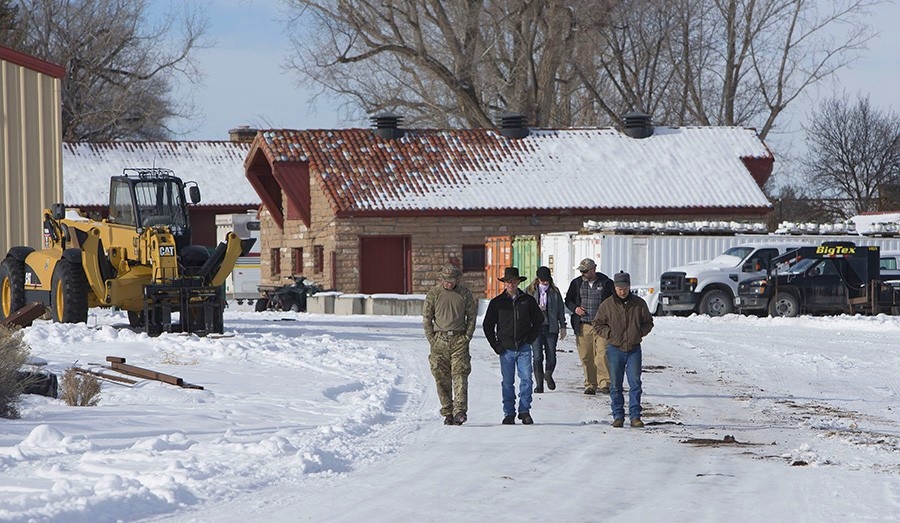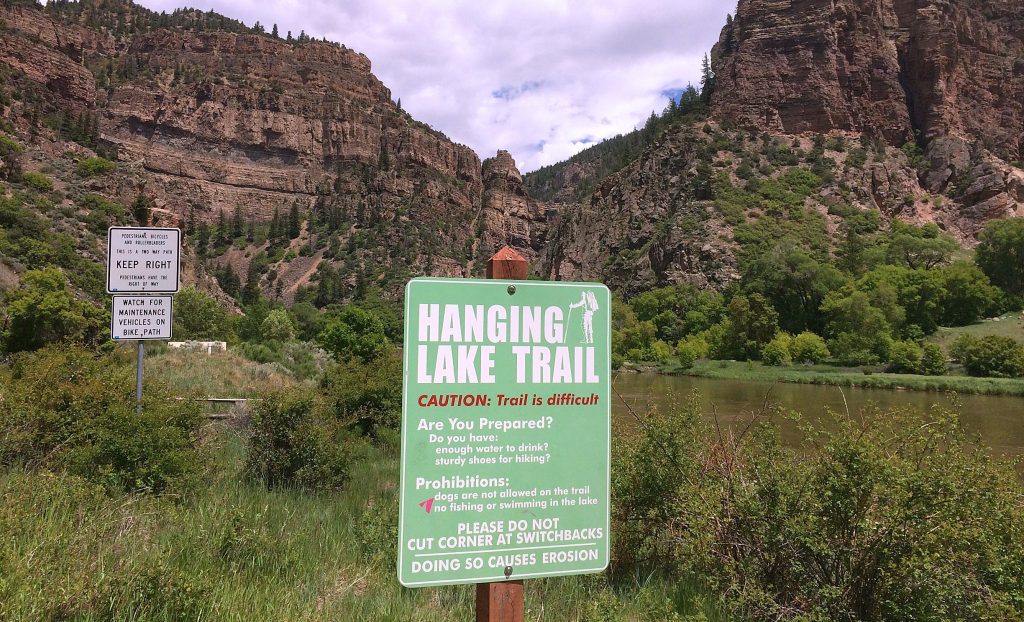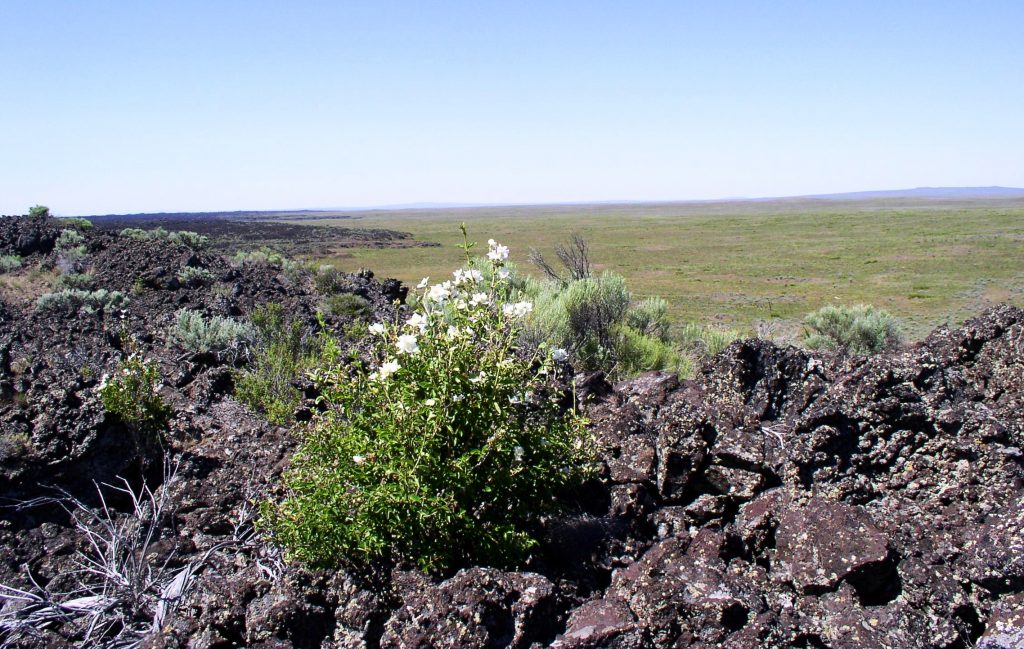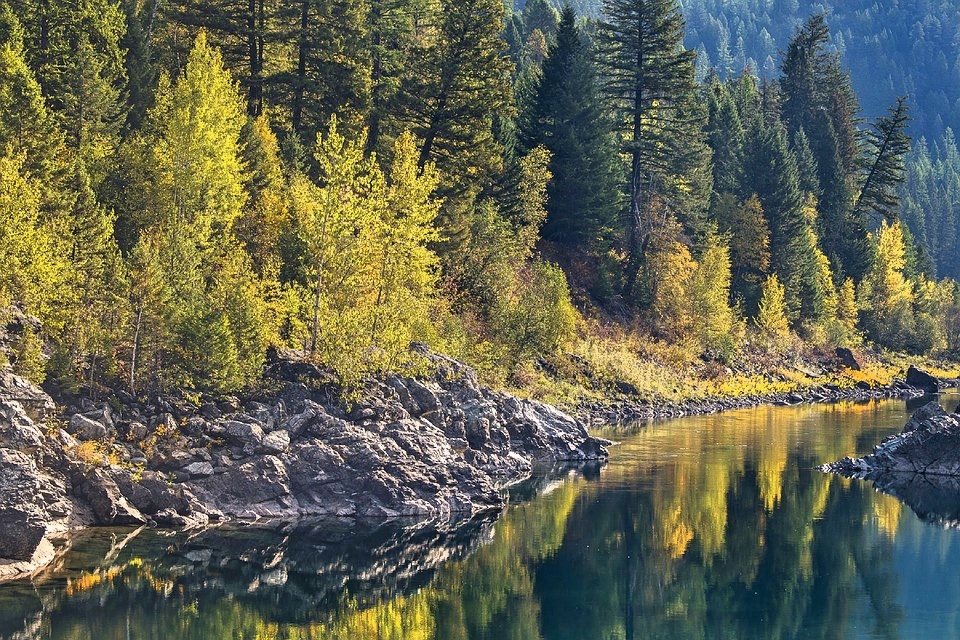While federal prosecutors made more deliberate attempts to draw connections for jurors between the evidence and the conspiracy charge, much of the day was spent talking about the government’s use of confidential informants, who were at the refuge during the 41-day long occupation.
FBI Special Agent Ronnie Walker, the agent assigned to assist prosecutors with their case, testified the government used nine informants at the refuge from Jan. 4-26, when the last informant left the refuge.
Conrad Wilson
FBI authorized informants to commit crime while at refuge
As the government continues its case in the second Malheur National Wildlife Refuge trial, federal prosecutors appear to be trying to more closely link four defendants to the main felony charge.
To make that charge stick, the government must show the defendants intended to keep federal employees from going to work.
They did not successfully prove that charge to jurors in the first trial, who acquitted Ammon Bundy and other occupation leaders of all charges last year.
During one exchange Wednesday with refuge manager Chad Karges, Assistant U.S. Attorney Ethan Knight asked about a photo with Bundy, defendant Jason Patrick, and a man who appeared to be dressed as George Washington. The three sat in the office of refugee employee Ryan Curtis.
“Would be using this office if these people weren’t there?” Knight asked.
“Yes,” Karges said.
While federal prosecutors made more deliberate attempts to draw connections for jurors between the evidence and the conspiracy charge, much of the day was spent talking about the government’s use of confidential informants, who were at the refuge during the 41-day long occupation.
FBI Special Agent Ronnie Walker, the agent assigned to assist prosecutors with their case, testified the government used nine informants at the refuge from Jan. 4-26, when the last informant left the refuge.
Walker said the informants were at the refuge from as short as two hours to long as 23 days.
Like the first trial, the defense sought to frame the informants as government agents who coaxed people at the refuge into performing illegal activities.
Earlier in the day, former Special Agent in Charge Greg Bretzing, who oversaw the FBI’s response to the occupation, provided testimony about what he knew about informants at the refuge.
Bretzing, who’s since retired and taken a job in the private sector, wasn’t clear about whether agents had directed informants, or given them authority, to break laws. He said those decisions would’ve been delegated to people in his chain of command.
“It would not have come to me,” he said.
Hours later, when Walker testified, jurors received a clearer sense of how the government directed its nine informants.
Walker said some of the informants at the refuge were authorized to carry weapons and to engage in criminal conduct.
“Primary to maintain credibility,” Walker said. “I’d rather have the informants doing guard duty than somebody else.”
Barrow asked Walker why he’d say that.
“Primarily for safety reasons,” Walker said.
Walker said one of the informants, Fabio Minnogio — who went by the alias John Killman — was authorized to carry a firearm.
During cross examination, Jake Ryan’s defense attorney, Jesse Merrithew, asked Walker whether he knew that Minnogio was training people at the refuge in hand-to-hand combat.
“Oh, of course,” Walker said.
Merrithew asked if he knew Minnogio was training people in the “use of weapons.”
“That’s one way of putting it,” Walker said.
During the government’s redirect, Walker said Minnogio did the firearms training at the refuge “to make the place safer.”
Walker said Minnogio saw unsafe activities, like shooting, taking place on the refuge and wanted to make it safer through training.
During the defense’s cross examination, Walker said occupation leader Ryan Payne had placed one of the informants in charge of a security team at the refuge.
Merrithew asked whether that meant the informant would’ve directed others to do things like guard duty.
“I don’t know that,” Walker said. “He lost that responsibility, based on the reports I’ve read.”
During his testimony, Bretzing said informants at the refuge weren’t able to immediately call or text whenever they saw something. He said the reports from the refuge weren’t up-to-the-minute and rapid as the FBI would have liked.
“There’s no way we could observe the actions of everyone at the refuge,” Bretzing said. “It’s not like we had someone at the side of Mr. Bundy all the time.”
Attorneys asked Bretzing about other ways the FBI kept tabs on the occupiers.
“As often as possible, we’d try and have some aircraft surveillance on the refuge,” he said.
Bretzing said later in the occupation, the FBI tracked Ammon Bundy through his cellphone — although Bundy would often turn it off, making it impossible to track.
FBI agents also set up license plate readers on roads leading into and out of the refuge. Bretzing said it helped the FBI identify who was coming so the agency could perform criminal background checks of occupation supporters.
Testimony during other parts of the day was similar, if not the same, as the first trial.
Harney County resident Walter “Butch” Eaton testified about the initial takeover of the refuge and his continued support for the occupiers. Jeffrey Rose, the head of the Bureau of Land Management’s Burns office testified about how a “closed permanently” sign placed on their office contributed to his decision to close the office for more than a month.
“We thought it showed intent of what they wanted to occur,” Rose said.




Is it true that they still don’t use these Offices to this day? Is it True that this Land may be owned by Ranchers as determined Court around 1940?
I believe the FBI Vandalized the place after the Ambush.. The Protesters had been making many improvements to the place before Jan 26 2016
Adverse Land Possession is a Legal Procedure. The Ranchers were trying to force a legal Battle not a Gun Battle with the Feds that had a 200 Man Army there..
Mark Hayward…I heard that there is some question as to who really owns this land according to old records.